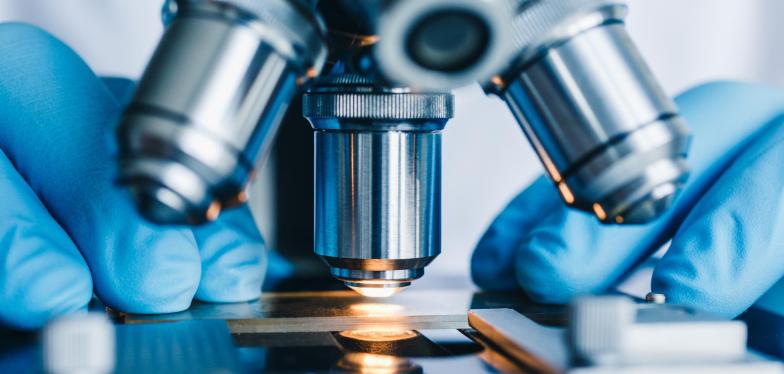Secrets of the world’s smallest animal revealed
It was thought that the smallest animal known to date on our planet Earth did not reproduce sexually. A team of biologists has just demonstrated that that is not entirely true.

Although it isn’t larger than 1 millimetre, it is an animal in the strict sense of the term, since it has a complete digestive system, a reproductive system, an excretory system and a nervous system, just like humans. Called bdelloid rotifers, these tiny animals have been living for more than 10 million years in lichens (a type of fungus that grows where no plants can live) and in moss.
One of the big mysteries of this animal was that only the female seemed to reproduce themselves in a non-sexual way. Therefore, it was not understood how bdelloid rotifers were able to diversify into more than 400 different species known to date if they only reproduced by cloning.
Thanks to research by biologists from several Belgian universities under the direction of Prof. Karine Van Doninck, director of the Molecular Biology and Evolution research unit at the ULB, as part of her ERC-Consolidator project, this mystery has finally been solved.
With the help of highly performant microscopes, the Belgian researchers were able to understand the dynamics of the chromosomes during the period where the species was ovulating. They were thus able to understand how gametes are formed, and demonstrated that the bdelloid rotifer actually partially undertakes sexual reproduction.
Much remains to be learned about the exceptional characteristics of the smallest animal known today. For example, bdelloid rotifers are capable of surviving for years if they are completely dried out or frozen at -80 degrees. Scientists are using them as models for space research or for research into aging.
Let us salute these Belgian researchers who continue to contribute to a better understanding of our planet.